
08 Apr Q&A with Hayden Allen, Physiologist
Ever wanted to delve a bit more into your home-based testing and gain greater insight into your own physiology?
We asked our physiologist Hayden Allen some questions on the details of our testing protocols. Here he talks about the tests we use to determine VO2 max power (capacity) and critical power (sustainable power). These form the focuses of the sessions for the athletes we work with and also determine the components of our 10 week bespoke plan.
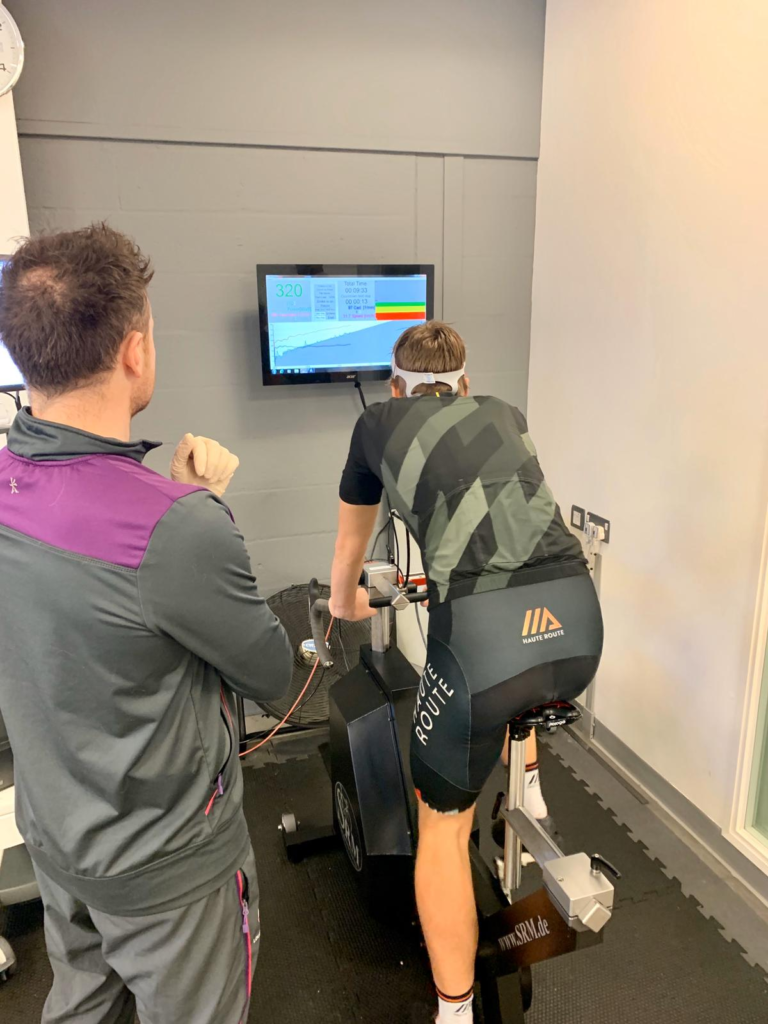
What have you learnt personally about your physiology from the tests and more broadly about your training methods over the past few years?
I have really enjoyed translating exercise physiology into practice since beginning work with Chris at Pure Performance coaching. The continual learning in the science of endurance performance development and its application is exciting. Whether it’s from the n = 1 case studies, or feedback from athletes and support team at Pure Performance, here I provide an overview of the field-testing protocol employed at Pure Performance and provide reflections from the development process. On this occasion we are focussing on bike testing, I’m sure there will be an opportunity to share our run and swim testing in the future.
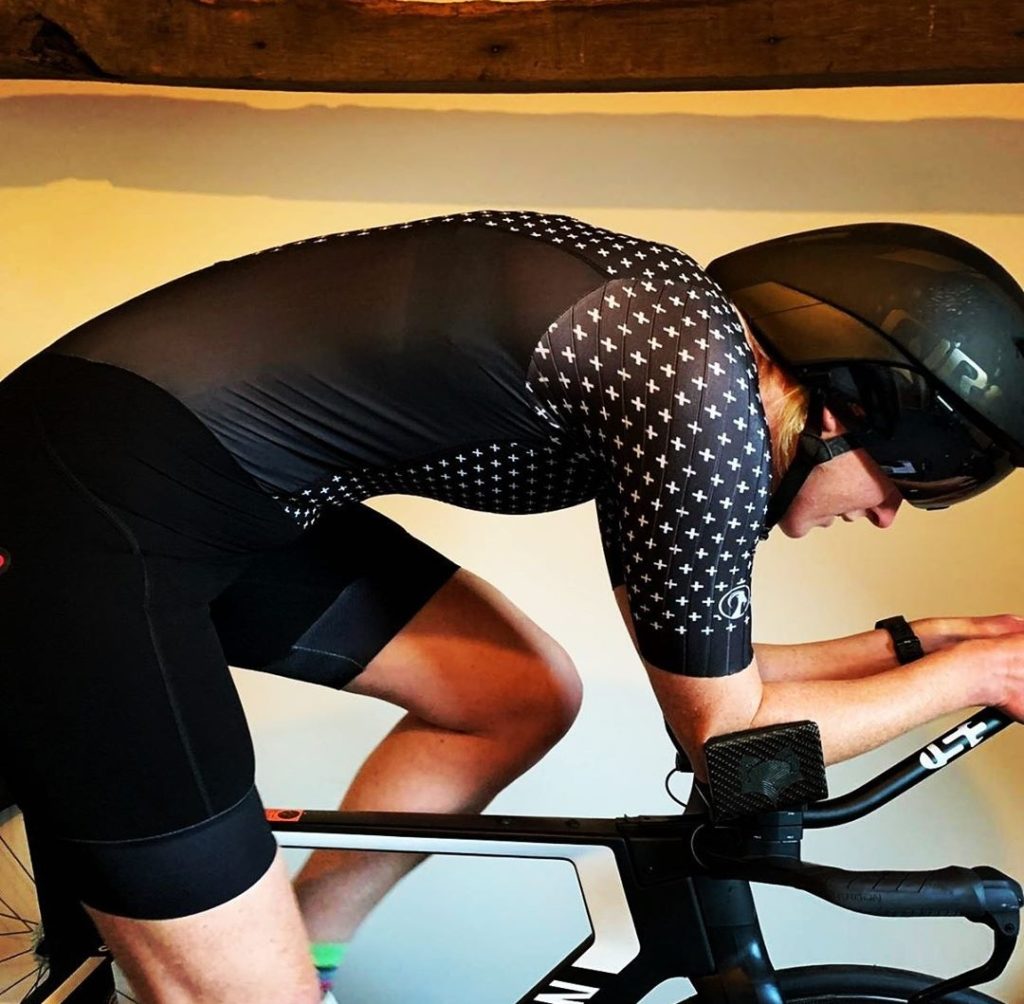
Tell us the basics of the field-testing protocol the athletes have been using?
The Pure Performance field-testing protocol aims to determine physiological variables that are important in identifying your performance potential, guiding your individualised training prescription and informing your race-day performance plan. The testing protocol has two distinct steps and is conducted on two days with a rest day in between. The first day you conduct a ramp test, that is individualised to your physiology, to determine a measure of your maximal capacity. This test is not a one size fits all. If it is your first Pure Performance testing protocol, then we analyse your previous performance testing and/or training sessions to determine a suitable protocol for you. When repeating the Pure Performance testing, we use the previous tests to guide the specific protocol. The second element of testing involves two maximal efforts of specific duration, used to determine your sustainable power. To improve the test validity, it is important these efforts are paced and performed appropriately. For your debut Pure Performance testing protocol, we analyse and interpret the ramp-test data, supported by your previous training and race history, to set targets for the efforts. When completing serial testing protocols, this becomes easier and your previous testing data can be used. It should also be noted that some of the Pure Performance athletes have had the opportunity to conduct laboratory testing at Loughborough University, to which our field-testing protocol showed very good agreement.
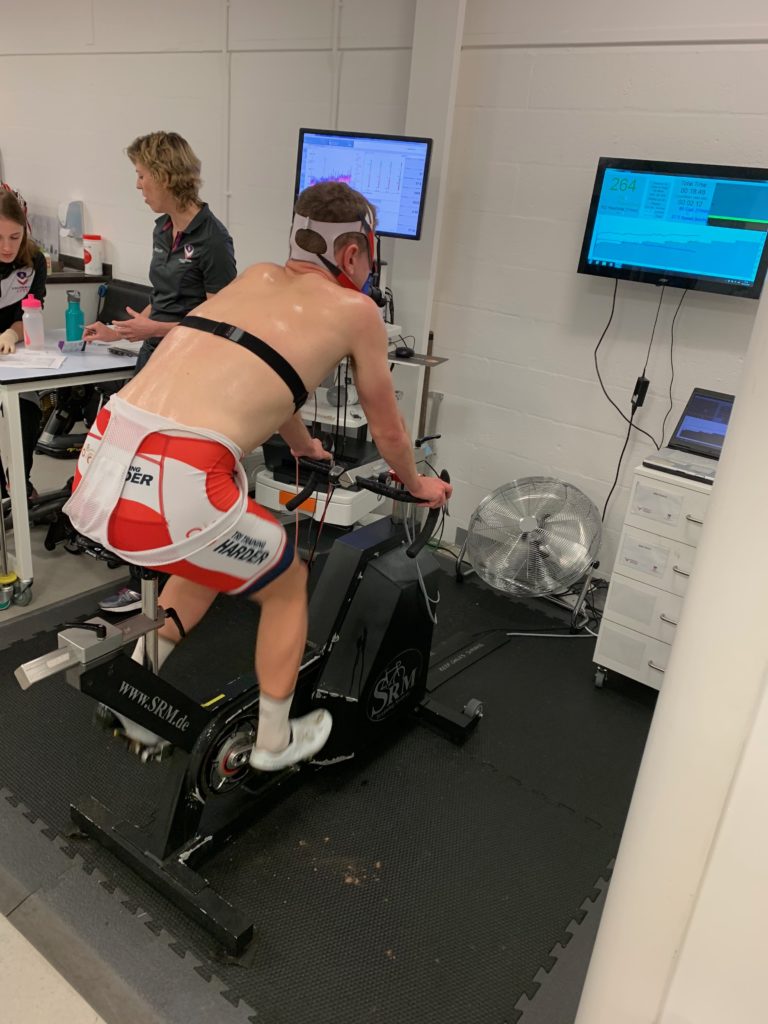
How do you ensure the test results are robust on what you are looking to find?
In developing and implementing the testing protocols for Pure Performance athletes, it is important to keep in mind what the testing aims achieve. Given the psychological and physiological stress that often comes with performance testing, it must be of value to Chris, you (the athlete), myself as the physiologist and the rest of the multidisciplinary team Chris has built around each Pure Performance athlete. Amongst several things, detecting changes in physiological variables is key to understanding if the prescribed training is eliciting the desired, and required, adaptations for optimal race day performance. However, detecting short-term changes in performance, perhaps pre-to-post mesocycle, is challenging; the margins are always relatively small. They are also likely to be smaller as endurance performance increases. Thus, guiding you through reproducible preparation strategies, making identical equipment choices and calibrations, and instructing on optimal testing procedures becomes very important. For example, the 4% improvement in an experienced Pure Performance athlete’s capacity we have observed following a winter training block is very rewarding and encouraging for all. However, without acknowledging and understanding the nuances of physiological testing, the combination of significantly different test preparation and/or equipment changes may cover up the potential performance improvement we know the athletes you are likely to make. So far so good in this department as all Pure Performance coaching athletes had a very good winter period of training with detectable improvements across sustainable and capacity power.
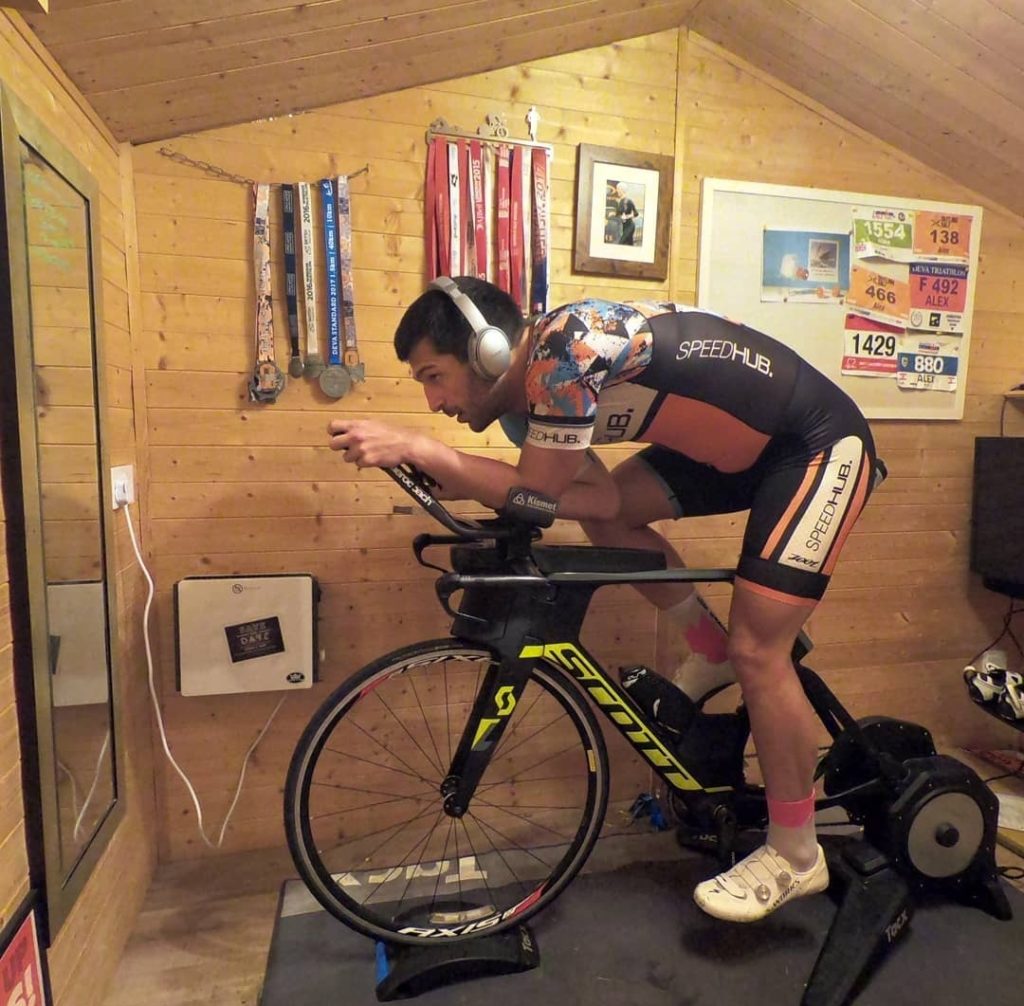
How does this differ to conventional field-testing methods?
The over-arching difference between the Pure Performance testing protocol and the alternative testing protocols you may have seen or have discussed with your peers, is the number of physiological variables we ascertain. The testing protocols ingrained within popular online based training/software are often a 20-minute test, a 2 x 8 minute test, a 60 minute test, a 3 minute-test to determine MMP, even a fixed percentage estimate of a one size fits all ramp to estimate FTP… All of these examples of field tests may have some merit, and they are tests that are fairly short and require a single session. However, these all estimate just one physiological variable whether it be a measure of sustainable power or maximum capacity. At this point it is pertinent to take a sidestep to give a glimpse of some underlying exercise physiology that we employ at Pure Performance.
A notable reflection from my time in endurance physiology is acknowledging the importance of well-structured high intensity interval training that is informed and guided by key physiological variables. I was an exercise physiologist prior to an endurance athlete that enables me to be critical of the traditions within endurance sport. It seems common in the UK that endurance training programs have an over-emphasis on conducting work at a ‘some-what’ hard exercise intensity, possibly without an understanding of why, at the potential detriment to adaptation and performance. That’s not to say I am against the use of training within all physiological intensity domains to optimise endurance performance development, but your individual context, and physiology, needs to be fully understood and appreciated. If you are an athlete who has had prior success using typical training models, do you know you could likely go faster?
Back to a discussion of testing. The unique quality of the Pure Performance testing protocol, the determination of capacity and sustainable power may help you to reach your absolute endurance potential. Using the two physiological variables acquired, we can manipulate the prescription of your high intensity interval sessions such that you accumulate extended periods of time at training zones proven to elicit the desired adaptations. The significant advantages in training informed by the Pure Performance testing protocol is only compound over time, leading to the sustained development of endurance performance towards your absolute potential.
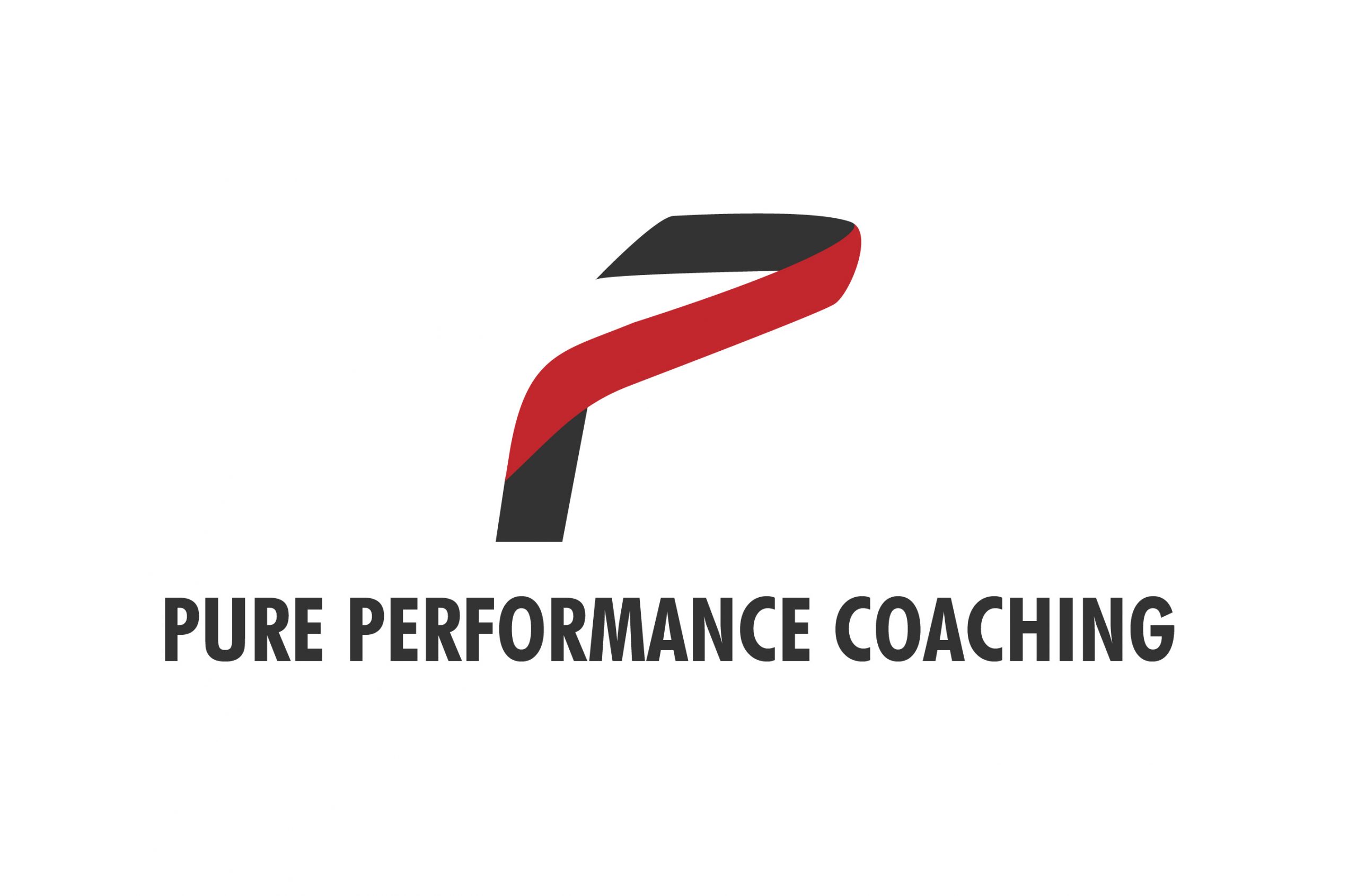

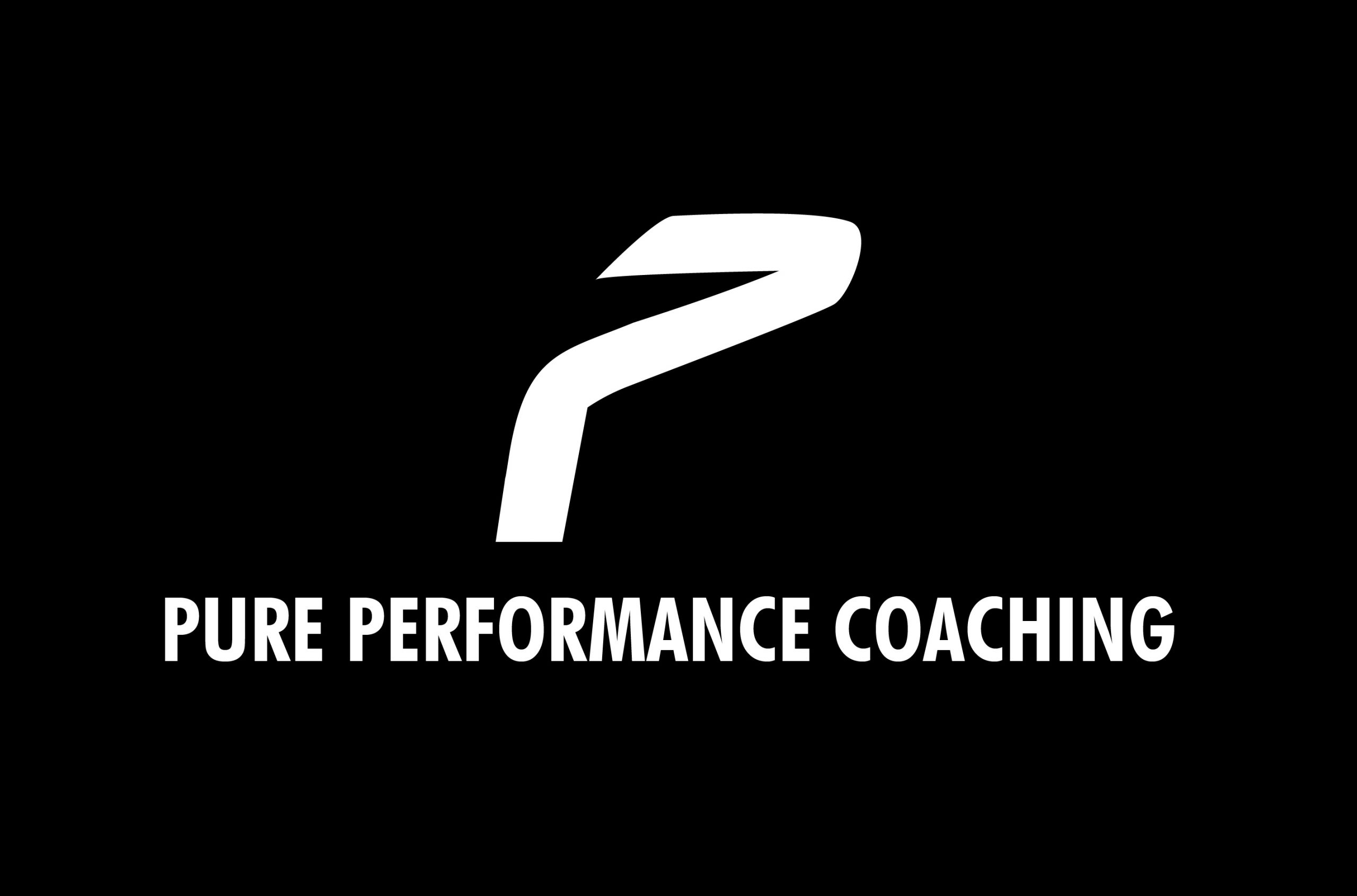
No Comments